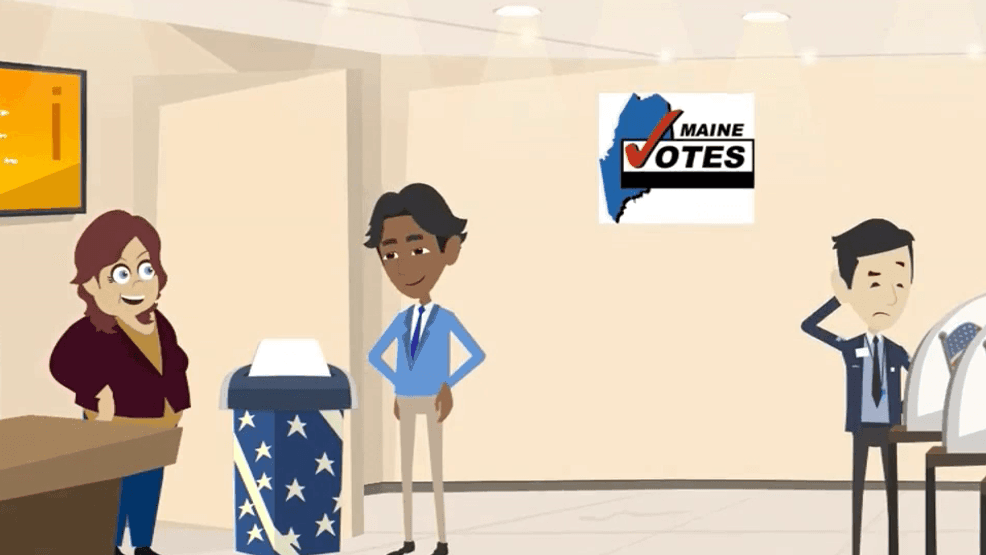With Election Day right around the corner, many Mainers are getting used to ranked-choice voting, which began in 2018 after Maine voters approved it. But some voters are still trying to wrap their heads around exactly how it works.
Ranked-choice voting, also known as instant runoff voting, allows voters to choose candidates in order of preference.
In Maine, it’s used in primary elections for state offices and both primary and general elections for federal races. So, we’re seeing ranked choice this fall, for example, on the U.S. Senate and congressional ballots.
Basically, as you vote, you can rank as many candidates as you want, first, second, third and so on, but you don’t have to, you can also just choose one.
Your first choice is counted on election night. If one candidate does get to 50 percent plus one vote, they win outright.
But if not, all the ballots are then taken to a secure location in Augusta where they’ll be counted in rounds of ranked-choice voting.
Let’s say we have three candidates: A, B and C.
C gets the fewest votes, so they’re eliminated in the first round and then, all of their second-choice votes are distributed to the other candidates.
If there are more candidates, there are more rounds, and this continues until one candidate gets above 50 percent. Let’s say in our example it’s B and is declared the winner.
Ranked choice has been used multiple times to determine races since Maine started using it in June of 2018.
For example, that fall, Congressman Jared Golden edged out then- incumbent Bruce Poliquin in a four-way race after a ranked choice count that ended up lasting about nine days.
However, ranked choice counting rarely takes that long but if there’s no clear winner on election night, it can take several days to go through the ranked choice process.
Maine is currently one of three states, including Alaska and Hawaii, using ranked choice on a statewide level. Nevada is considering it this fall. About 45 cities around the country are using it at the municipal level.
The Maine Secretary of State’s Office has useful videos and other information on ranked choice voting on their website.
